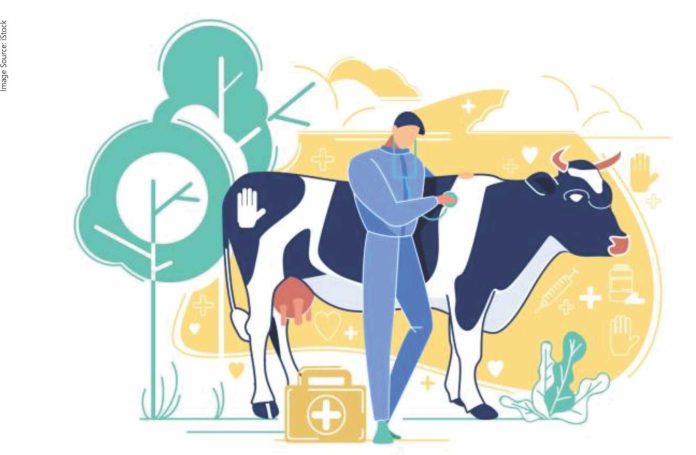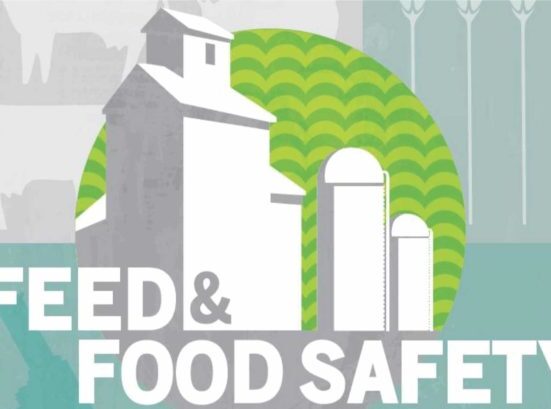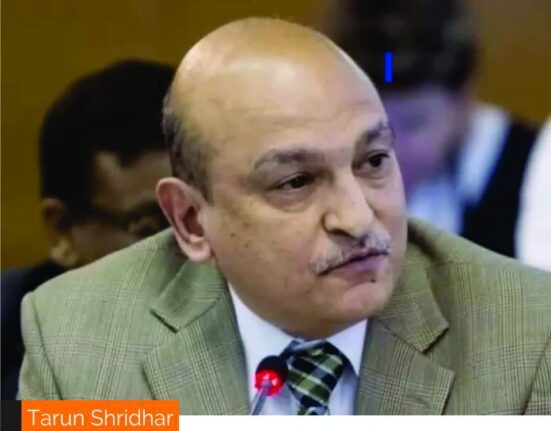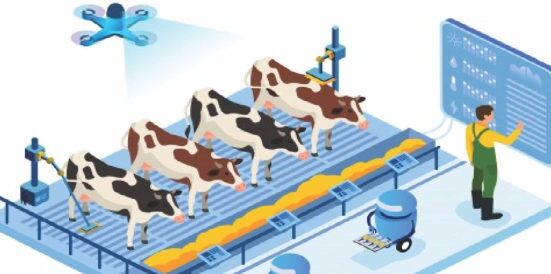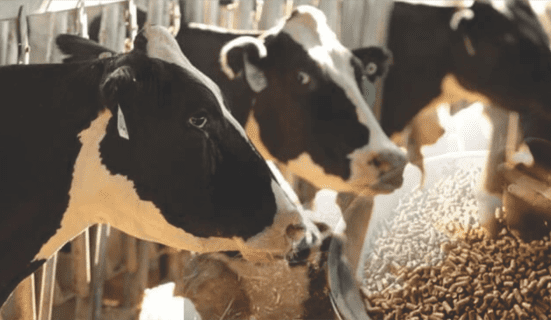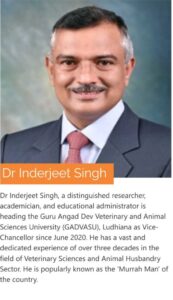 Think Grain Think Feed connected with Dr Inderjeet Singh to discuss ongoing changes in academia to fulfill the latest demands of industry and its role in supporting the farmers in multiplying their income. Below are the excerpts.
Think Grain Think Feed connected with Dr Inderjeet Singh to discuss ongoing changes in academia to fulfill the latest demands of industry and its role in supporting the farmers in multiplying their income. Below are the excerpts.
From your point of view, what kind of changes do you envisage bringing about, in order to update undergraduate veterinary education in the country?
Well, while our efforts shall be to make the learning for veterinary graduates, more practical as well as pleasant, our main thrust shall be to educate the young veterinary professionals on how to fulfill the future requirements of the country’s Animal Industry with respect to its different segments, viz. farmers raising animals, animal and feed industry owned by private sector, cooperatives as well as in government sector. In addition to that, courses shall be reorganized in such a way that it includes the recently emerged technologies apart from disease diagnostics and disease control in animals.
What kind of changes do you think should be brought in the country, in order to improve Nutritional Security and multiply animal farmer’s profits?
As per the last census, the livestock population of India is 535 million, handled mostly by resource-poor farmers who are not well educated. Universities like GADVASU play a major role in providing extension services to such farmers through training the trainers i.e., field staff of line departments. But academia also should keep evolving as per the requirements of the industry and for encouraging entrepreneurship.
As India is well known for its indigenous technical knowledge, this needs extensive promotion through extension. Professor Punniamurthy (Rtd) has contributed extensively to the subject. National Dairy Development Board (NDDB) has already included 16 tested technologies in the standard operating manual, which have yielded very positive results for the farmers and the public. A dairy union has been able to reduce its milk antimicrobial residues by 80%.
The country can do wonders through a program like Indigenous technical knowledge to One Health.
In what way do you think that the existing Lab to Land program needs a new kind of push to help in transferring the newly evolved technologies to the field?
In the country, the Central Agriculture Extension System, called Krishi Vigyan Kendras (KVKs) also supports the farmers. There are nearly 731 KVKs in the country, almost one in each district. Punjab has 22 KVKs and 3 of them come under GADVASU. It works rather both ways, bringing farmers’ problems to the university for research and taking research findings/technologiesto farmers i.e., lab to land. There is an urgent need to make this program more innovative to educate farmers about the latest technologies in animal production.
Along with these KVKs, GADVASU also works through different Progressive Farmers Associations catering to Dairy, Livestock, Pig, Goat, Poultry, and Fisheries farmers and other such bodies. The university organizes a weekly program with farmers in each sector. With other activities like melas (farmer events), a dedicated call center named Pashu Palak-Tele Advisory Kendra, a monthly magazine in the regional Punjabi language -Vigyanik Pashu Palan, etc. the university keeps a regular interaction with the farmers. University also has four regional research and training centers across Punjab where farmers get the necessary training and other required information. Such types of interactions between trained technicians and animal farmers should be promoted and extended in other states of India as well.
Could you throw some light on Farmers Producer Organization (FPO)?
In FPOs, groups of farmers with similar interests come together. GADVASU faculty have helped in the formation of three such FPOs in different parts of the state. These are supported by the KVK staff of the university who guide them on government regulations &funding and give them training, while NABARD helps to identify the resources andappoint CEOs & Managers (who can be from amongst the members or outsiders) and provide funds for salary, office & other utilities. They are basically given hand-holding on all processes like in the case of fish farmers, whether it is rearing, processing, or marketing and contributing to better profitability for the farmers.
Please tell us about the changing Scenario in Dairy Production.
Indian dairy industry is changing at a fast pace and we must incorporate technologies like AI, IoT, Robotics, etc. to sustain the sector. High-end technology is already incorporated in private dairies like Godrej, Chitale, etc. but it needs to be adopted at a higher pace across the country for benefits to percolate to the smaller farmers.
What are the other kinds of Governmental programs/support in the offing to help animal farmers in increasing productivity and thereby, their incomes through animal farming
The government of India is supporting the farmers with various developmental schemes like Animal Husbandry Infrastructure Development Fund, Dairy Infrastructure Development Fund, National Livestock Mission, etc.
Though the contribution of the livestock sector in total agriculture and allied sector GVA (at constant prices) is nearly 32%, the budget allocated is just 5.3%, as compared to the budget allocated to the crop and horticulture sector. States like Rajasthan, Andhra Pradesh, Haryana, and Maharashtra are allocating 15-25% of funds to the livestock sector. In fact, all the different agencies which work for increasing animal food production through research, development, and commercialization, should impress upon the govt for better allocation of funds in the animal sector, which would remove the lopsided allocation, and shall ensure nutritional security as well as better income for animal farmers in the long term.

